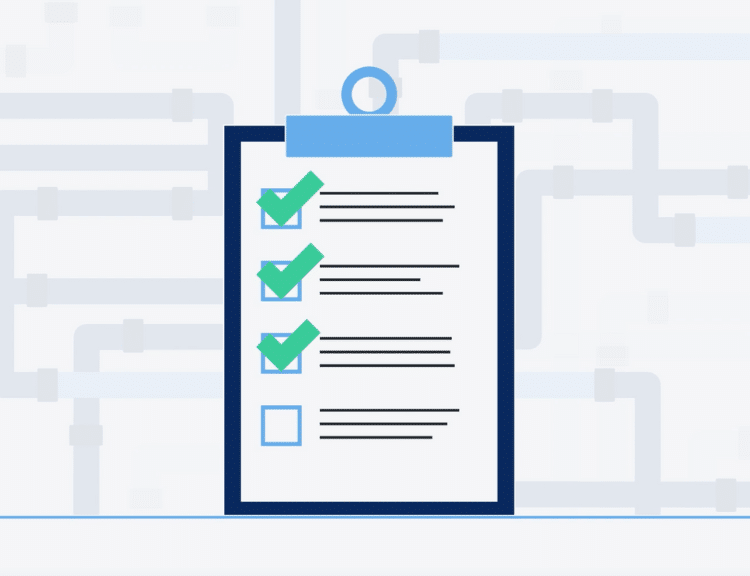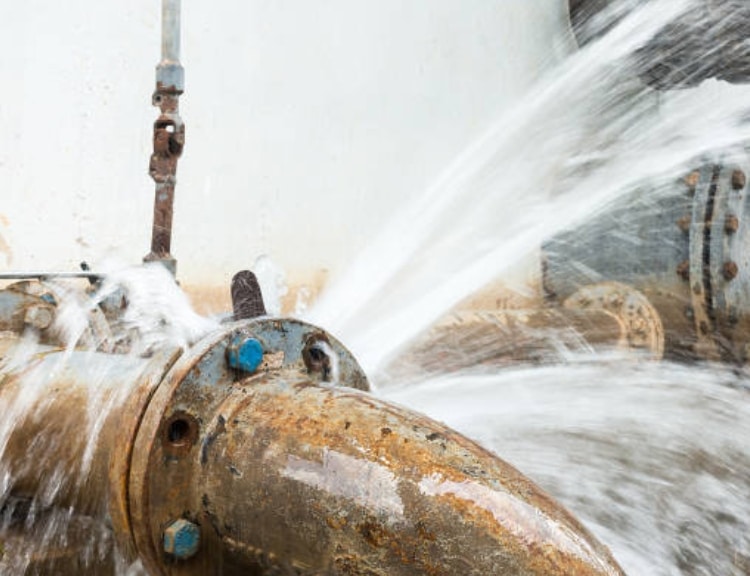BlueConduit recently submitted comments to the EPA on the proposed Lead and Copper Rule Improvements (LCRI). We are committed to achieving a lead-free drinking water system through evidence-based decision making and applaud the EPA for establishing a timeline for the replacement of all lead service lines in the United States.
We know that a reliable lead service line inventory is essential and fundamental to meet upcoming compliance requirements in both the LCRR and the proposed LCRI. We have also observed that visually verifying every service line’s materials is an expensive endeavor for water systems, disruptive for communities, and not the best use of limited resources. Accordingly, we focused our LCRI recommendations on:
- Adherence with established best practices in statistics and data-driven decision making in the face of uncertainty to increase trust and reliability in the inventory and replacement processes,
- Increasing the efficiency of water utility compliance efforts, and
- Increasing public transparency
Here’s a closer look at some of our recommendations and comments.
Best practices in statistics and data-driven decision making in the face of uncertainty
The EPA proposes requiring water systems to validate a subset of the non-lead service lines in their inventory to validate the reliability of the methods and assumptions used to determine the service line’s “non-lead” status. This also makes it clear that water utilities are not expected to visually verify every single service line’s materials; they can adopt a science-based methodology to determine the number and distribution of service lines to be visually verified. We believe that this is a thoughtful and scientific approach to validate across the system without spending time and money at every unknown service line.
Our team has worked extensively in the area of non-lead verification and, in addition to applauding the general approach recommended for non-lead verification also suggested:
- A clear definition of “confidence level”: The LCRI should include a clear definition of “confidence level” so a water system can complete a representative set of inspections within that system to make a statistically valid claim such as, “We can conclude with a 95% confidence level that the true count of LSL or GRR among that population is less than Y service lines.” The number “Y” will depend on the number of addresses that were actually inspected. The absence of such a clarifying definition will complicate regulatory efforts for primacy agencies and utilities.
- An expanded validation pool: The LCRI requires water systems to validate (aka visually inspect) a subset of the non- lead service lines in their inventory. In the proposed rule, the ‘‘validation pool’’ of addresses excludes all service lines identified as “non-lead” via records review or visual inspection. BlueConduit recommends that the “validation pool” include service lines categorized as non-lead based on historic records and only exclude service lines verified through visual inspection or installation after a local lead ban. From our experience working with hundreds of communities, the reliability of historic records can be variable. Including service lines categorized as “non-lead” via historic records in the “validation pool” provides additional certainty and trust in the lead service line inventory’s accuracy.
Increased Efficiency for Water System Compliance Efforts
LCRI compliance is a major lift for water systems. To increase the efficiency and ease of these compliance efforts, we recommend:
- Avoiding redundancy for water systems that have already inspected a representative, random sample: Many water systems are already using predictive modeling to complete their Lead Service Line Inventory. If a water system abides by the key principle of 95% confidence interval at a representative, random set of inspections, it is redundant to ask a water utility that has already received regulatory approval for such a methodology to follow a similar task, again.
- Alternative to Validation Process: We applaud the EPA for the process outlined in the LCRI for water systems to validate the reliability of addresses categorized as “non-lead” in their service line inventory. However, we believe that there are some water systems where the validation process does not have the same benefits. We are concerned that adding a requirement for representative, randomized inspections for water systems with a high percentage of lead service lines, at the same time that they are replacing lead service lines all over their community will reduce the efficiency of their process without providing much additional information gain. Furthermore, for these water systems that are planning on replacing all of their service lines in the 10-year window required by the EPA, adding a seven-year deadline for the inspections doesn’t allow for operational efficiencies. Therefore, we recommend that the EPA allow for an alternative so that water systems have the option to visually verify all of their service lines in 10 years OR complete the validations on the seven-year timeline outlined in the rule.
- Replacement Rate Useability Tools: We are encouraged by the mandatory lead service line replacement requirement of the LCRI. In order for water systems to understand what is required of them, the EPA needs to make tools available to water systems for them to calculate and communicate their annual lead service line replacement plans and goals. To that end, we suggest that the EPA release a spreadsheet, either connected to or separate from their service line inventory template, that water systems can use to input information about their community and various scenarios from year to year to understand how their mandatory lead service line requirement changes from year to year.
Increased Public Transparency
The process of managing lead pipe identification and removal can be scary for customers, particularly those living in homes with lead service lines or service lines of unknown materials. To help water systems maximize transparency and public trust as they complete this critical work, we recommend:
- Access and control to complete full service line replacement: We applaud the EPA for implementing a 10-year replacement timeline for all lead service lines. However, we are concerned that the issue of access and control presents a barrier to achieving the rule’s intended effect. We recommend clarifying the language in the rule to facilitate easier water system access to the full service line for the purposes of replacement.
- Consumer Confidence Report: We recommend that the EPA require water systems to include information about the water system’s validation program (described above) in the Consumer Confidence Report to increase transparency and trust.
- Lead-Lined Galvanized Pipes: The EPA should be explicit that water systems where lead-lined galvanized pipes are or have been located, all galvanized pipes in those water systems should be categorized as lead for the purpose of inventory and replacement.
- Finding LSLs or GRRs in Validation Work: In the case that a water utility’s validation program identifies LSL or GRR among service lines that were previously considered non-lead, we recommend that the EPA require water systems to submit a plan to their regulators about what they will do to increase the accuracy of their inventory. This plan would include help from an independent expert not involved in the development of the initial service line inventory who can verify that steps are being taken to improve the inventory based on the nature/pattern of inaccuracies.
Need help with your LCR/LCRI compliance program? BlueConduit can help! Our machine learning platform, supported by a team of expert Data Scientists, supports inventory development, predictive modeling for unknown management, and other compliance requirements. Reach out to learn more.
¹ In Flint, Michigan, among the first 5,145 service lines inspected as part of the replacement project, 24% of service lines identified as copper in historic records were, upon visual inspection, found to be lead. This finding is further substantiated in the work done by the Lead Free DC task force that found that 20% of historic copper labels were in fact made of lead.





